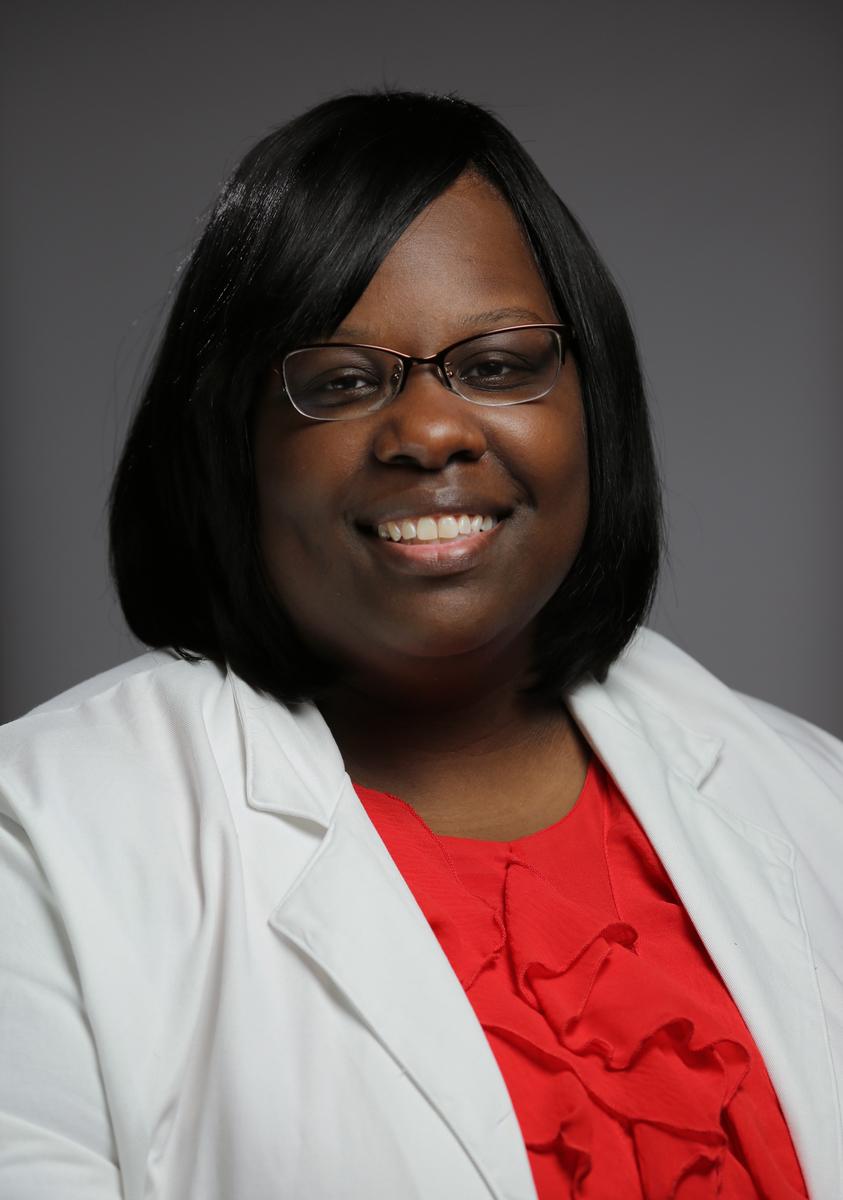
Transcript: I often do what I say, is double talk where I will use the technical medical language, but then I’ll follow it up with more of a layman’s talk. So therefore, I don’t assume whether you know it or not. And so I just make sure that I’m talking in a manner that everyone can understand, I make sure I use a lot of drawings and diagrams to kind of explain things, I also use a lot of the lay terms, you know, like, if you talking about diabetes, it’s sugar, you know, type of things, or, you know, I’ll use multiple terms to describe your rescue inhaler. So, you know, instead of, instead of saying albuterol, I’ll describe it by the color, you know, so the orange or the little red one with the numbers on the back or type of thing. So make sure I’m able to kind of reach a larger demographic. And I find that even if you have high educational attainment, those patients usually aren’t offended by me describing their inhaler by color, because they just appreciate that I’m relatable. And I’m not talking in some esoteric language that’s specific to pulmonary providers. So I think that’s one of the biggest things that providers need to do is making sure that your patients understand what you’re saying. And then one thing that a provider can also do is ask your patient to describe back to you what you’re saying, because even though I am a health equity expert, even though I try to make sure my materials that I hand out, all right, the appropriate health literacy level, and I make sure that I kind of use examples to represent numbers and things like that, and percentages, patients still may not understand what I’m talking about. I’m from New York, I talk fast, you know, type of things. And so it’s important to also check with the patient ask them to explain to you to you what you actually describe to them and so that is a way that I kind of check myself and make sure that I’m actually doing an effective job at communicating with my patients.









